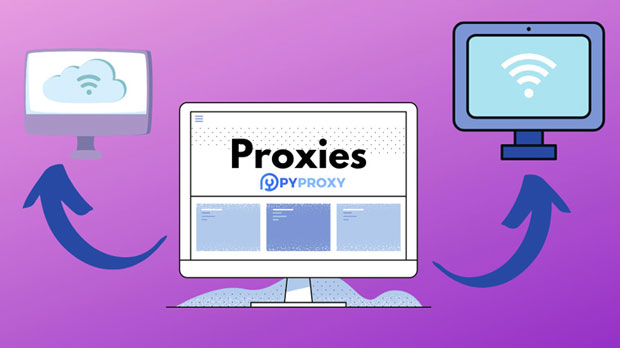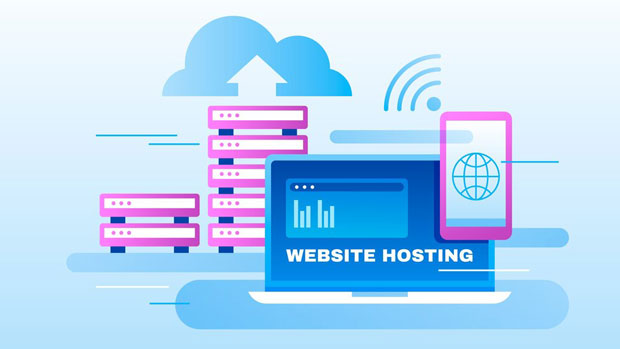When it comes to proxy services, users often seek flexibility and convenience, and one way to achieve this is through the use of proxy APIs. A proxy API provides an easy and programmatic way for developers to interact with a proxy network, enabling seamless integration into software applications. One common question that arises is whether specific services, like Plainproxies, offer proxy API interfaces. Understanding whether this feature is available and how it works can help users make informed decisions when selecting a proxy provider. In this article, we will delve into the details of proxy API services, focusing on whether Plainproxies provides such an API interface and its implications for users. 1. Understanding Proxy API InterfacesBefore diving into whether Plainproxies offers a proxy API, it is essential to first understand what a proxy API interface is and how it works. A proxy API allows developers to interact with a proxy network through HTTP requests. These APIs usually provide endpoints for users to manage proxies, configure settings, and monitor usage in real-time.For businesses and developers, having access to a proxy API brings several advantages. It allows for automation, integration with existing applications, and enhanced flexibility in managing large-scale proxy deployments. With a proxy API, users can easily rotate IP addresses, configure geolocation preferences, or set usage limits, all through a programmatic interface. Additionally, it simplifies the integration of proxy functionality into custom software solutions, reducing the need for manual configuration.2. Plainproxies: An Overview of ServicesPlainproxies is a popular proxy service provider that offers various proxy solutions to its users. The company provides residential, datacenter, and rotating proxies to meet the needs of businesses and individuals who require high-speed, anonymous browsing, web scraping, and other privacy-focused activities. Plainproxies is known for its large pool of IP addresses, as well as its focus on delivering fast and reliable connections.However, when it comes to offering a proxy API interface, the service may have some limitations. Many proxy providers that cater to businesses offer APIs as a means to streamline proxy management. The availability of an API for seamless proxy integration can significantly improve the experience for users who need dynamic control over their proxy network. 3. Does Plainproxies Offer Proxy API Services?As of the latest updates available, Plainproxies does not provide a dedicated API interface for managing proxies. While the service offers comprehensive proxy solutions, users are generally required to configure and manage their proxies manually, without the added flexibility of an API for automation or integration with custom software. This may pose challenges for users looking for more advanced control or seeking to integrate proxy management into their workflows or applications.For businesses or developers who rely heavily on automation or integration, the absence of a proxy API could be a limitation. Managing proxies through a manual interface can become cumbersome, especially when dealing with large volumes of traffic or complex configurations. In such cases, users may need to explore alternative solutions that provide API access or consider using external tools to manage their proxy network programmatically.4. Benefits of Having a Proxy API InterfaceEven though Plainproxies may not offer an API, understanding the advantages of having such an interface is crucial. Here are some key benefits of using a proxy API:1. Automation and Scalability: With an API, users can automate tasks such as IP rotation, usage monitoring, and geo-location adjustments. This level of automation is vital for businesses that need to scale their operations or manage a large number of proxies without manual intervention. 2. Customization: A proxy API allows for deeper customization of proxy settings, enabling users to configure their proxy network according to specific needs. For example, developers can tailor the behavior of proxies to match specific use cases, such as web scraping or data collection.3. Efficiency: An API improves efficiency by reducing the time and effort spent on manual configuration and monitoring. This is particularly useful for businesses that need to stay agile and respond quickly to changes in network requirements or demand.4. Real-Time Management: Many proxy APIs offer real-time data on proxy usage, performance, and availability. This helps users to quickly identify issues and resolve them before they impact their operations.5. Cost-Effective: By automating proxy management, businesses can reduce the overhead costs associated with manual configuration and monitoring. This can lead to cost savings, especially for large-scale operations.5. Alternative Solutions for API AccessFor users who require API access for proxy management, there are several alternatives to Plainproxies that offer such features. Proxy providers like Smartproxy, Luminati, and ScraperAPI provide API interfaces, allowing users to integrate their proxy services seamlessly into their applications. These providers offer advanced functionality, such as automatic IP rotation, geolocation targeting, and the ability to manage proxies programmatically.For those committed to using Plainproxies but still needing an API, third-party tools or API wrappers may be used to create a custom solution. These wrappers can bridge the gap between Plainproxies’ proxy services and the user’s desired API functionality. However, this approach may require more technical expertise and could introduce additional complexity into the setup.6. The Future of Proxy APIsAs demand for privacy, anonymity, and automation in web activities grows, the availability of proxy APIs is likely to increase. Many proxy providers are already recognizing the need for such features, and it is possible that Plainproxies may introduce an API in the future to meet this demand.For users, the continued evolution of proxy technology and API interfaces presents opportunities to leverage proxies in new and innovative ways. The growth of AI, machine learning, and automation technologies is also expected to drive further advancements in proxy management, making proxy APIs an even more essential tool for businesses and developers alike.7. ConclusionWhile Plainproxies offers a range of high-quality proxy services, it currently does not provide a dedicated API for managing proxies. For users who require such functionality, alternative proxy providers with API support may be a better fit. However, it is essential to consider the benefits of a proxy API, such as automation, scalability, and customization, when evaluating your proxy service options.Ultimately, the decision to choose Plainproxies or another provider will depend on your specific needs and the level of control you require over your proxy network. As proxy services continue to evolve, the availability of APIs is expected to become more widespread, offering greater flexibility and convenience for businesses and developers worldwide.
Jul 04, 2025



































































